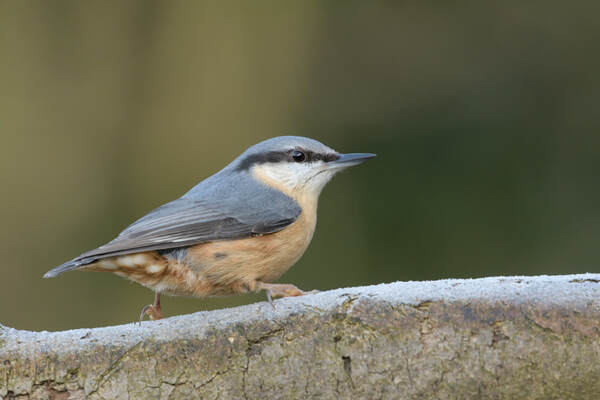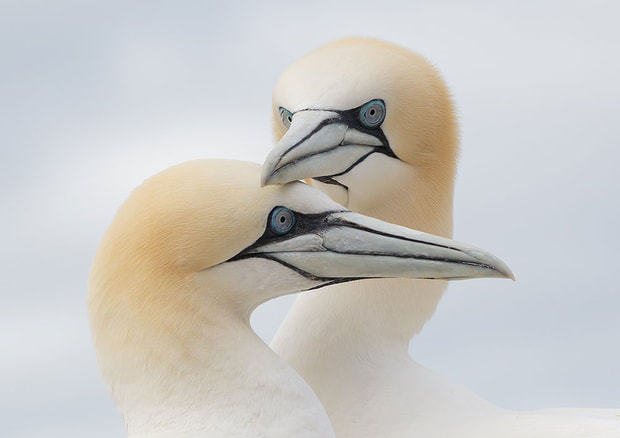Photographing Wildlife
There is one hard and fast rule that must be observed at all times and that is: the welfare of the subject is more important than the photograph.
The law as it affects nature photography must be observed. In Great Britain, the chief legislation is The Wildlife & Countryside Act 1981 and similar legislation in the form of The Wildlife (NI) order 1985 – covers Northern Ireland.
The law as it applies to other countries should be observed.
DIGITAL IMAGING
The use of Digital Imaging in the taking and processing of photographs is now common practice. DI now gives the opportunity to use techniques that were available in the darkroom as well as ones not available before. When an image has been composed from more than one photograph it should be referred to as a Composite Digital Image (CDI). As with conventional photographic processes, LVNP members are expected to use their integrity when presenting a photograph that has had DI used in its production.
GENERAL
The photographer should have knowledge of the subject, in order to avoid damage or significant distress to the subject or other animals and plants in the vicinity. Photography of animals and plants by people who know nothing of the hazards to species and site is to be deplored.
Gardening or other alteration of the surroundings of a subject should be kept to a minimum and should not put the subject at risk.
BIRDS AT THE NEST
All birds listed under Schedule 1 Part 1 of The Wildlife and Countryside Act 1981 require a licence to be photographed at the nest. Licences can be obtained from the appropriate Statutory Nature Conservation Agency.
MAMMALS AND BIRDS AWAY FROM THE NEST
The capture of breeding or non-breeding birds for photography under controlled conditions is not acceptable and is not legal.
Capture of non-breeding small mammals is acceptable provided they are released with minimum delay, to their original habitat.
Hibernating animals should never be awakened for photography.
Bats need special care. All bat species are specially protected and may not be disturbed or photographed in a roost without a licence from the appropriate Statutory Nature Conservation Council. Licences are normally only issued to experienced bat workers.
SPECIALLY PROTECTED ANIMALS
Threatened species such as Otters and Red Squirrels are given full protection under Schedule 5 of The Wildlife & Countryside Act 1981. The restrictions for photographing these species at their place of shelter are exactly the same as those for nesting birds.
No fully protected species may be taken from the wild without a licence – and taking means any form of capture, including the use of butterfly nets.
Some further animals, included in Schedule 6 of the Act, are protected from trapping, and these include shrews, hedgehogs and pine martens.
Trapping these species for photography also requires a licence.
OTHER ANIMALS
For invertebrates, temporary removal to an aquarium for photography is acceptable provided they are released with a minimum of delay to their original habitat.
http://www.rps.org/special-interest-groups/nature/about/the-nature-photographers-code-of-practice



